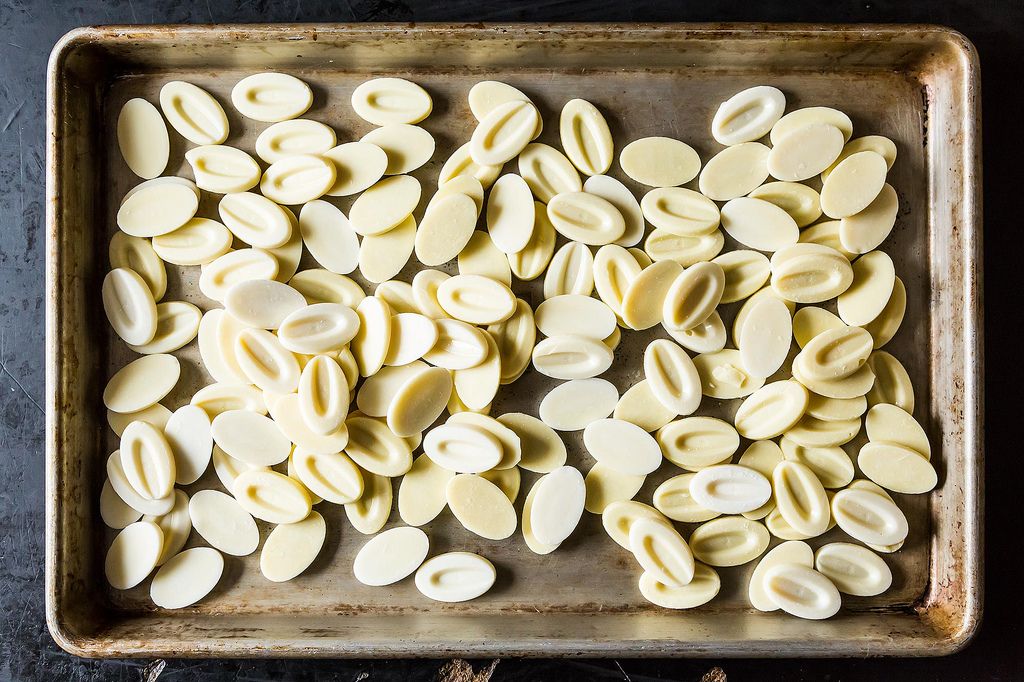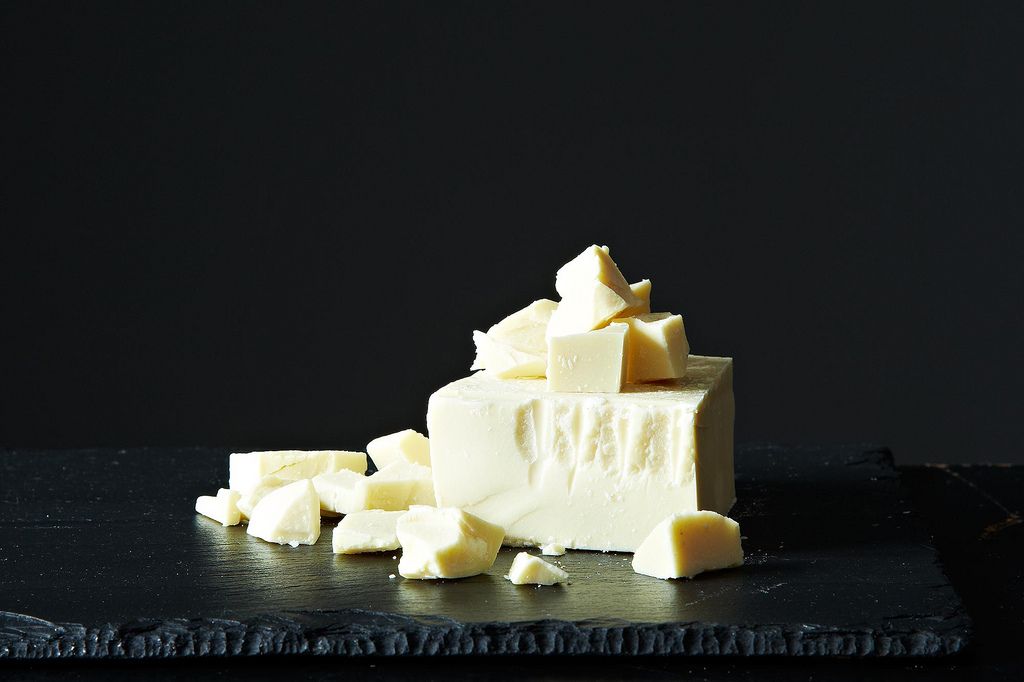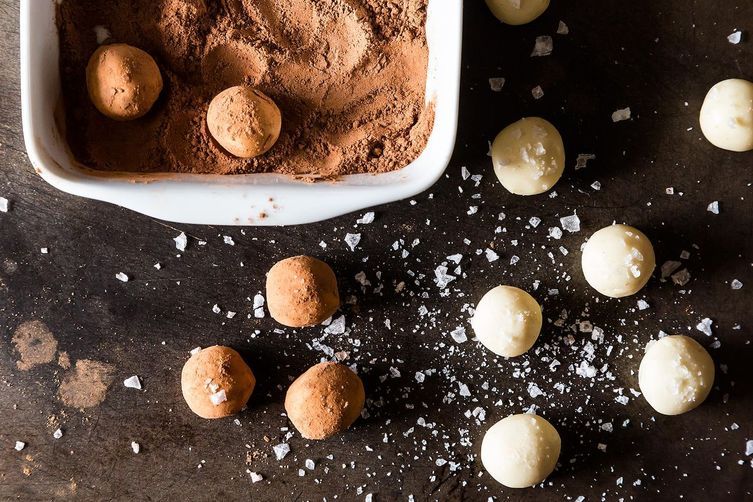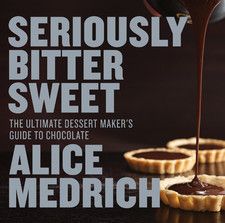Every week, baking expert Alice Medrich will be going rogue on Food52 -- with shortcuts, hacks, and game-changing recipes.
Today: White chocolate can be just as good as its darker cousins -- if you know how to use it. Alice teaches us how to find the good stuff, and bake with it like pros.

White chocolate is a creamy smooth, sweet, and fun form of chocolate. It can star in your dessert or play a supporting role, for contrast, opposite dark chocolate or tangy berries or citrus. Here’s what you should know.
Buy real white chocolate.
Yes, Virginia, white chocolate is now considered a form of real chocolate!
Before you invest time and other ingredients to make a fabulous dessert, be sure you have the right white. Real white chocolate is a creamy off-white to buttery yellow or ivory, never stark white. It is made of cocoa butter -- the fat without the dry cocoa solids contained in the cocoa bean -- mixed with sugar, dry milk solids, milk fat, lecithin, and vanilla. Cocoa butter should be the only fat other than milk (dairy butter) fat on the ingredient statement.
Don’t confuse white chocolate with white confectionery coating or candy melts, or white chocolate chips, all of which are a type of candy designed for making decorations or edible craft projects or chocolate chip cookies, but not meant for melting and blending into a batter. Confectionary coating does not contain a single ingredient related to chocolate and doesn’t taste as good as real chocolate either.

Pick a recipe that calls for white chocolate.
Even though white chocolate is a form of “real” chocolate, never assume you can substitute it for dark chocolate in a recipe: 99% of the time it will not work well in a recipe that calls for the dark stuff. Occasionally, you can substitute it in a recipe that calls for milk chocolate, but you didn’t hear it from me (I mean, no guarantees). It’s smart to start with a recipe that actually calls for white chocolate.

How to melt white chocolate (carefully).
White chocolate burns at a lower temperature than does dark chocolate. Here’s how to melt it safely in a water bath or microwave:
As always with chocolate, avoid contact with moisture: chop it very finely with a dry knife on a dry cutting board and put it in a dry stainless steel (if using a water bath).
Bring a wide skillet of water to a simmer. Remove the skillet from the burner and wait 60 seconds. Then set the bowl of chocolate directly in the water and stir frequently until the chocolate is melted and warm (not hot) to the touch.
To melt in a microwave, put the chopped chocolate in a microwave safe bowl and heat on low or defrost: start with 1 to 2 minutes for amounts up to 3 ounces, or 3 minutes for larger amounts. Stir the chocolate well, even if most of it is still unmelted, and return it to microwave in increments of 5 to 15 seconds or more each time, depending on how much of the chocolate is still unmelted each time, stirring after each one.
More: Did you know you can caramelize white chocolate? You can.
 Alice's new book Seriously Bitter Sweet is a complete revision of her IACP award-winning Bittersweet, updated for the 54%, 61%, and 72% (and beyond) bars available today. It's packed with tricks, techniques, and answers to every chocolate question, plus 150 seriously delicious recipes -- both savory and sweet.
Alice's new book Seriously Bitter Sweet is a complete revision of her IACP award-winning Bittersweet, updated for the 54%, 61%, and 72% (and beyond) bars available today. It's packed with tricks, techniques, and answers to every chocolate question, plus 150 seriously delicious recipes -- both savory and sweet.
Photo by James Ransom





See what other Food52 readers are saying.